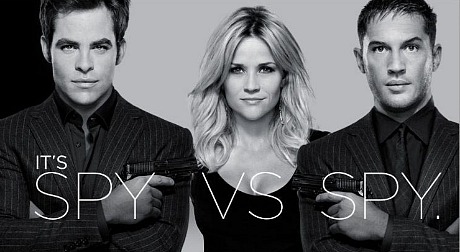Deadline‘s Pete Hammond attended Monday’s Oscar Nominee luncheon, and noted in his report that Max Von Sydow, Best Supporting Actor nominee for Extremely Loud & Incredibly Close, got the biggest applause of all when he walked to the podium for his certificate of nomination. An indication of a possible upset victory over the favored Christopher Plummer, or a gesture of respect for a 50-year veteran?
The next two biggest-applause winners, says Hammond, were The Help‘s Best Actress nominee Viola Davis and A Better Life‘s Best Actor nominee Demian Bichir. I’m 94% convinced that Davis has the Best Actress Oscar in the bag, but Bichir’s applause, I’m guessing, was about two things — admiration for his performance and a backslap for having landed a nomination grass-roots style (i.e., on the cheap). I’ll do backflips if Bichir wins. He probably won’t, but what a nice dream.
Update: I’ve heard some disagreement about the level of Von Sydow’s applause. The Hollywood Reporter‘s Scott Feinberg puts it as follows: “By my ear, the loudest applause of all went to The Help‘s best actress nominee Viola Davis and best supporting actress nominee Octavia Spencer, both of whom were already regarded as the favorites in their respective categories.
“Also greeted particularly loudly: Albert Nobbs‘ best actress nominee Glenn Close and best supporting actress nominee Janet McTeer; best actor nominee Gary Oldman (Tinker Tailor Soldier Spy); best actress nominee Rooney Mara (The Girl With the Dragon Tattoo), best supporting actor nominee Nick Nolte (Warrior) and best original song nominee Sergio Mendes (Rio).”


